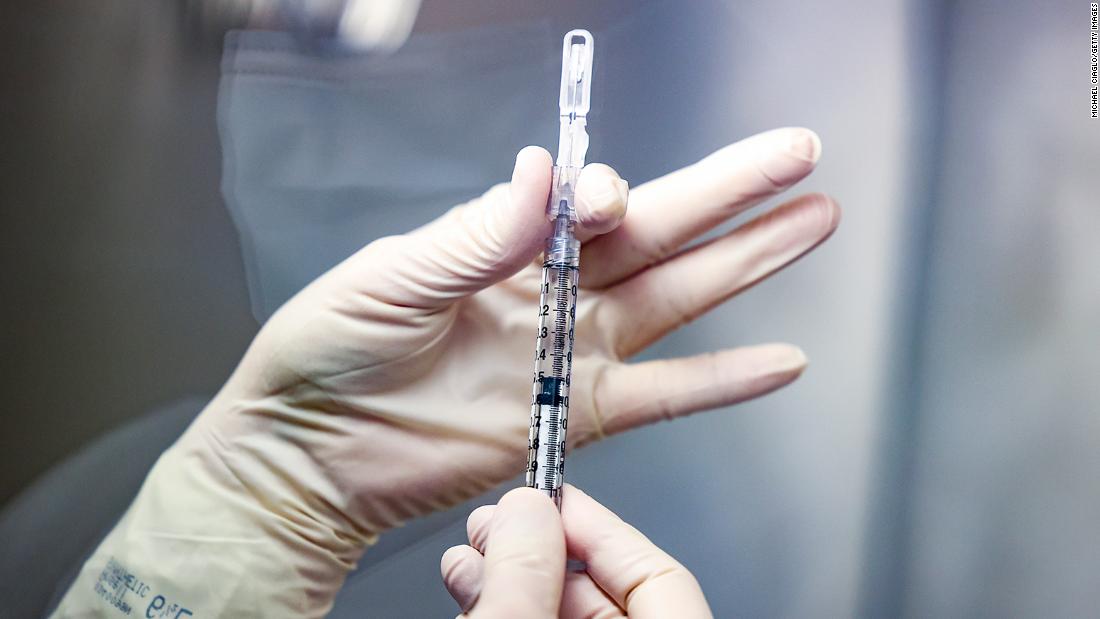Colorado offers an interesting "middle" between CA and TX/FL/AZ. My interpretation of the restrictions is: CA > CO > AZ > TX > FL. But it feels like the "distance" between AZ and FL is much less than the distance between CA and CO. I found the story below regarding how CO plans to move forward. In CO, they are talking about the virus exist strategy and are even willing to talk about living normally as early as May-June if you are vaccinated. I just don't see this conversation getting off the ground in CA.
Polis said, adding he hopes the state can achieve a 60-70% vaccination rate by May, June or July. At that point, he said, “it certainly means that for those who’ve been vaccinated … they can generally live the same way they’ve lived in years past.”
Then there are the risk assessment considerations below. Again, I don't see this type of decision making happening in CA. In CA all "risk assessment" is tied to the number of infections. Philosophically, it is a very different approach.
“The question of whether it’s the right time — well, that’s how much risk we want to take,” said Jon Samet, dean at The Colorado School of Public Health and a state adviser on pandemic modeling. “With the pandemic going down in the state, and vaccinations going up, it’s not the wrong time. I’ll put it that way.”
****
****
****
COVID-19 RESTRICTIONS
State takes first step in virus exit strategy
Restaurants, bars, gyms, offices will move to 50% capacity as Colorado loosens curbs
By Alex Burness
The Denver Post
Most Colorado counties will see more people allowed in restaurants, bars, gyms, offices and event spaces starting at 9 a.m. Saturday.
It’s the first step in the state’s broader COVID-19 exit strategy, one in which Gov. Jared Polis envisions Coloradans returning to nightclubs and sports stadiums as soon as May. He and public health officials hope that by the fall, people will be able to gather indoors with large groups in much the way they did before the pandemic.
Polis announced new details Friday afternoon about the state’s plans to loosen restrictions gradually, and promised more to come. His move comes as the virus is still spreading widely, with about four times as many cases as Colorado saw during the summer.
Every county in every corner of the state still will have to follow Colorado’s colorcoded restriction dial, but the new version — “Dial 2.0” — significantly lowers the threshold of COVID-19 cases that must be met to restore personal freedoms and full business activities.
The softening begins at 9 a.m. Saturday, when the most populous counties — including Denver, Larimer, El Paso, Adams, Douglas, Jefferson, Boulder and Arapahoe — move to Level Yellow, down from Orange,
which opens up capacity to 50% or 100 people indoors. And 22 of the state’s 64 counties will have even fewer restrictions under Level Blue (175 people indoors).
The new dial, Polis told The Post, will be more nimble “to allow for more normalcy” — or less, if case rates move in the wrong direction.
“Every day I wake up asking myself, ‘Can we get rid of the dial?’ I think the answer is still overwhelmingly no,” Polis said, adding he hopes the state can achieve a 60-70% vaccination rate by May, June or July. At that point, he said, “it certainly means that for those who’ve been vaccinated … they can generally live the same way they’ve lived in years past.”
If all goes well, there will be another, more-lenient update to the dial in the next couple months. But that’s a big “if,” given that fewer than 2% of all Coloradans have received both vaccine doses and there are new virus variants making the rounds.
Colorado is somewhat containing the virus — as of this week it had the eighthfewest new virus cases among states, adjusted for population — resulting in lower hospitalizations and deaths. But the statewide case count on average is approximately twice as high as when Polis issued a statewide stay-at-home order in the spring (partly a reflection of increased testing capacity).
Plus there’s concern, particularly for and among low-income people and people of color, that Polis is moving too quickly toward a greater normalcy.
“The question of whether it’s the right time — well, that’s how much risk we want to take,” said Jon Samet, dean at The Colorado School of Public Health and a state adviser on pandemic modeling. “With the pandemic going down in the state, and vaccinations going up, it’s not the wrong time. I’ll put it that way.”

 www.cnn.com
www.cnn.com









